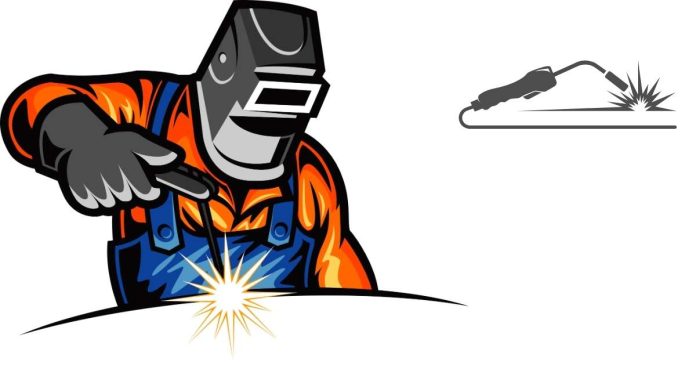Weldolet and Socolet are types of pipe fittings commonly used in the construction of piping systems, particularly in industries like oil and gas, power generation, chemical processing, and other sectors that involve the transportation of fluids or gases. Both of these fittings are designed to join pipes of different sizes or configurations, ensuring leak-free connections while maintaining the integrity of the system. Here’s a detailed explanation of each:
Weldolet:
A Weldolet is a type of branch connection fitting that is welded onto a pipe to create a branch or a side outlet. It is part of the Olet series of fittings, which are designed to provide strong and reliable connections for branch lines.
Key Features:
- Welded Connection: Weldolets are designed to be welded to the main pipe and the branch pipe. This welding process ensures a strong, leak-tight connection.
- Stress Distribution: The Weldolet is specially designed to distribute stress more evenly across the connection, which reduces the risk of failure at the junction of the branch pipe and the main pipeline.
- Use in High-Pressure Systems: Because of the welded connection and the design that minimizes stress concentrations, Weldolets are often used in high-pressure and high-temperature applications.
- Variety of Branch Sizes: Weldolets can accommodate a range of branch pipe sizes, making them flexible for various system designs.
- Reduced Stress Points: The design of Weldolet fittings reduces the sharp corners and stress risers that are typical of standard branch connections, helping to enhance the durability of the system.
- Applications: Used in industries where the pipes are under high pressure or are carrying fluids or gases with high temperatures, such as the petrochemical industry, power plants, and oil and gas pipelines.
Advantages:
- Strong, durable, and effective in high-pressure systems.
- Minimizes stress at the branch junction.
- Suitable for various pipe sizes and materials.
Socolet:
A Socolet is another branch fitting, but it’s used differently compared to the Weldolet. It is a threaded branch connection that allows a smaller pipe to be attached to a larger pipe, but without welding. Instead, the connection is made through a threaded union.
Key Features:
- Threaded Connection: Socolets are used when welding is not preferred or feasible. The connection is made through threading the smaller pipe and the larger pipe fitting, which is usually a T or an elbow.
- Quick Installation: Since they do not require welding, Socolets can be easier and faster to install, particularly in situations where welding is impractical or where the system needs to be assembled without hot work.
- Cost-Effective: The absence of welding may reduce labor costs and time, making Socolets a more cost-effective option in certain scenarios.
- Lower Pressure/Temperature Applications: Socolets are typically used in lower-pressure and lower-temperature systems compared to Weldolets. They are not suitable for extremely high-pressure applications.
- Applications: Socolets are often used in systems where high pressures and temperatures are not the primary concern, such as in water treatment plants, low-pressure gas systems, and some HVAC systems.
Advantages:
- No welding required, making installation quicker and easier.
- More cost-effective for certain applications.
- Ideal for systems with lower pressures and temperatures.
Why Use Weldolet and Socolet?
- Customized Connections: Both Weldolet and Socolet provide a solution for creating custom branch connections between pipes. Depending on the needs of the system, one type may be preferred over the other.
- Design Flexibility: These fittings offer flexibility in pipe layout design. For example, a Weldolet is often used when you need a strong, welded, high-pressure connection, while a Socolet can be a more convenient solution for lower-pressure applications or where welding isn’t possible.
- Stress Management: In systems under high pressure or temperature, the stresses on pipe joints are critical. Weldolets help in distributing these stresses better than simple welded or threaded branches, enhancing the overall safety and reliability of the system.
- Quick Turnaround: In situations where time is a concern (such as repairs or temporary setups), Socolets provide a quicker, more efficient means of connecting pipes without the need for specialized welding equipment.
- Cost Considerations: Welding, while strong and durable, can be more costly due to labor, equipment, and safety concerns. Socolets offer a more cost-effective alternative in less demanding applications.
Summary:
- Weldolets are welded branch fittings designed for high-pressure, high-temperature systems. They provide strong, durable connections with minimal stress concentrations and are typically used in critical applications where strength and reliability are paramount.
- Socolets are threaded branch fittings, used primarily in lower-pressure systems or where welding is not an option. They are easier and quicker to install, making them a more cost-effective choice in certain situations.
Both fittings serve the important function of creating reliable branch connections in pipe systems, but they differ in their installation methods, applications, and the type of pressures and temperatures they can safely handle.


